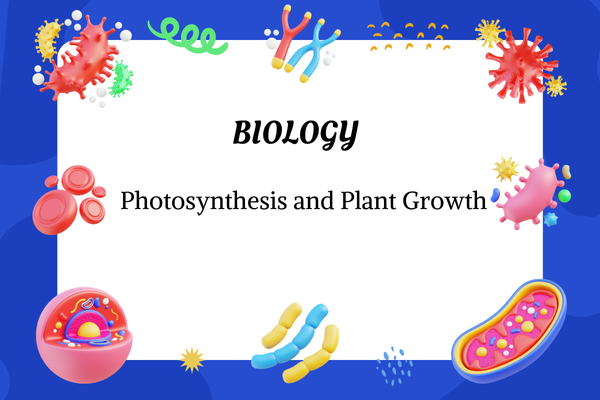Introduction – Feeling the Warmth
Have you ever sat in the sun and felt your skin getting warm? Or touched a metal spoon in hot soup and quickly pulled your hand away?
That’s heat in action—it’s the energy that makes things warm or hot.
And guess what? Heat isn’t just about fire. It’s a form of energy that moves from hotter things to colder things—always! Whether it’s the sun shining on your face, warm toast popping out of the toaster, or your laptop heating up after a long video call—heat is constantly moving around us.
expert-led Physics classes – visit our website to learn more
WHO Uses the Science of Heat?
Heat may feel simple, but it’s important for many people in different fields:
- Cooks & Chefs – use heat to cook food just right.
- Engineers – build machines that stay cool while working.
- Scientists – control heat in space shuttles and rockets.
- Technicians – use heat to weld or fix materials.
We all use heat, even if we don’t notice it. When we iron clothes, take a hot bath, or heat our food in a microwave, we are using the science of heat and its transfer.
WHY Do We Study Heat and Its Transfer?
Understanding how heat moves helps us solve everyday problems. If we didn’t know how to control heat, our food might burn, our gadgets could overheat, and we’d freeze in winter! Heat transfer is used in everything—from making cozy jackets to designing safe car engines.
That’s why studying heat is so important. It helps us make our lives safer, more comfortable, and even more fun (like roasting marshmallows over a campfire ).
WHEN Did We Start Learning About Heat?
People have used fire for thousands of years—to cook, to stay warm, and to light up the night. But they didn’t always know how heat works.
It wasn’t until the 1700s and 1800s that scientists like James Joule started studying heat properly. He showed that heat is actually a form of energy, and it can be measured, controlled, and transferred.
Today, we use this knowledge to build smart homes, design better machines, and even explore space.
WHERE Can We See Heat Transfer?
The answer? Everywhere! Heat is all around us and transfers all the time, even when we don’t realize it.
- When your hand warms near a campfire
- When you sit on a metal bench in the sun
- When your tea cools down after a while
- When your computer’s fan kicks in to cool things down
Even nature uses heat transfer! Birds fluff up their feathers to trap body heat, while desert animals hide in the shade to avoid it.
HOW Does Heat Travel?
Heat doesn’t stay in one place. It loves to move—and it does so in three main ways:
Conduction – Heat by Touch
What happens? Heat moves from one object to another through direct contact.
This means that when something hot touches something cooler, the heat flows into the cooler object until both are the same temperature.
Real-Life Example:
- A metal spoon in hot soup becomes hot.
- Walking barefoot on a sun-heated tile.
That’s why your spoon feels hot even though it’s not touching the fire—it’s touching the soup, which is hot!
Convection – Heat by Flowing
What happens? Heat moves through liquids and gases in a circular motion. Warm particles rise, and cool particles sink, creating a flow called convection current.
Real-Life Example:
- Water boiling in a pot.
- Warm air rising from a heater or radiator.
This is why your kitchen gets warm when you cook—it’s not just the stove; it’s the warm air moving around!
Radiation – Heat by Waves
What happens? Heat travels in invisible waves, called infrared radiation. This method
doesn’t need air or anything to touch—heat can travel even through space!
Real-Life Example:
- Feeling warm from the Sun.
- Standing near a fire and feeling the heat.
This is the only way the Earth gets warmth from the Sun—pretty amazing, right?
Quick Recap Table – Three Ways Heat Moves
| Heat Transfer | How it Works | Where it Happens |
| Conduction | Touch – solid to solid | Spoon in hot tea |
| Convection | Flow – liquids & gases | Boiling water, warm air |
| Radiation | Waves – even through space | Sunlight, campfire heat |
Cool Heat Facts!
- The Sun gives us heat through radiation—even though it’s millions of kilometers away.
- Penguins use thick layers of fat and feathers to trap heat inside their bodies.
- Metal feels hot or cold faster because it’s a great conductor—it passes heat quickly.
- Wool keeps us warm because it slows down heat transfer—it’s a bad conductor!
FAQs – Questions Curious Kids Ask
- Q: Why does metal get hot faster than wood?
Because metal lets heat pass through quickly—it’s a good conductor! - Q: Can we see heat?
Not usually. But we can feel it—and special cameras can “see” it with infrared light! - Q: Why do we sweat when it’s hot?
Sweat cools us down when it evaporates. It takes heat from our skin to turn into vapor.
Conclusion – Heat Is All Around Us
From the warmth of the sun to your steaming cup of cocoa, heat is always on the move. And the way it transfers—by touch, flow, or waves—shapes how we live, cook, travel, and stay comfy.
Understanding how heat travels helps us stay safe, build better tools, and take care of the planet. So the next time you’re feeling toasty, just smile—you’re living inside a giant science experiment!








